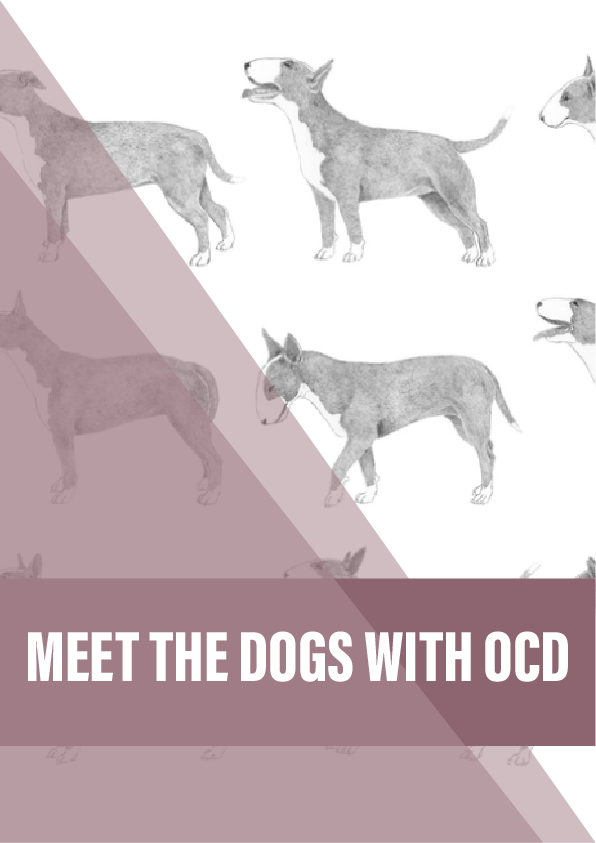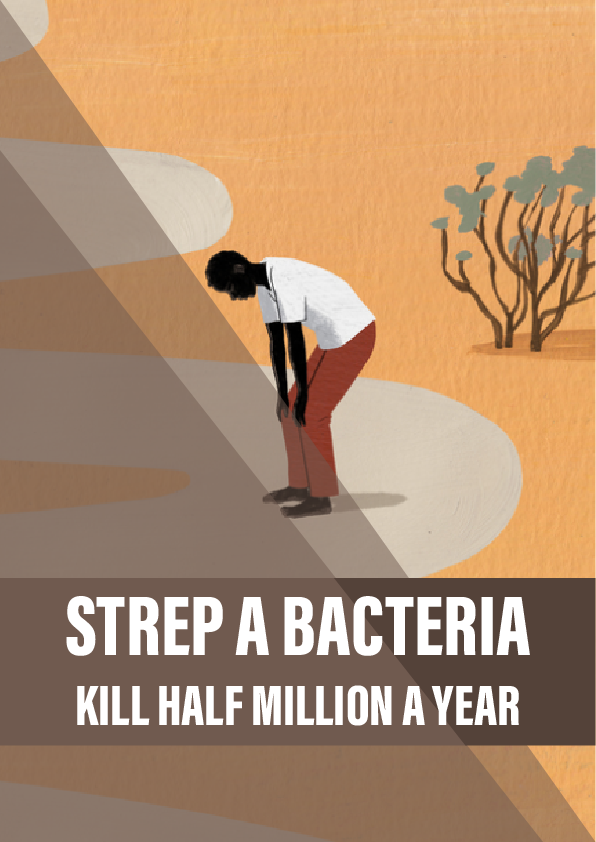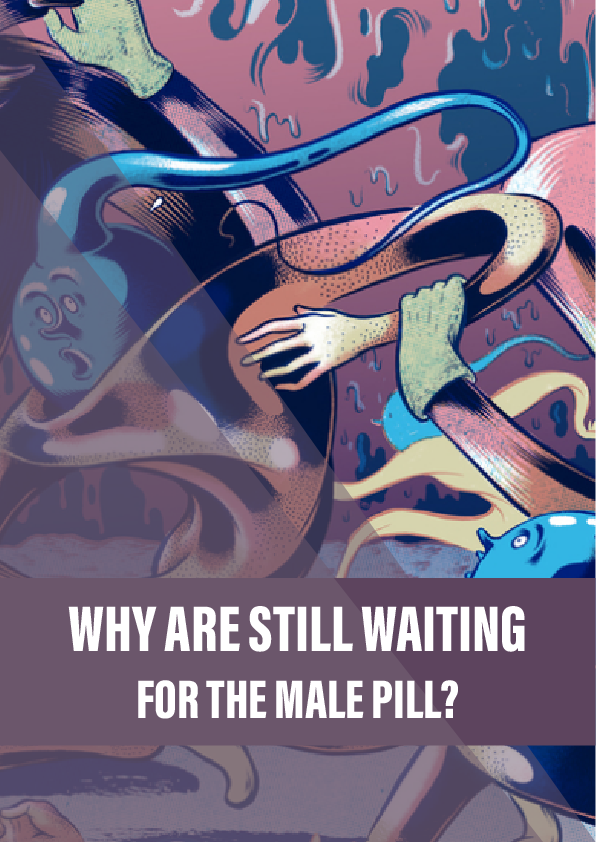Could understanding canine compulsions help find new treatments for people with obsessive–compulsive disorders too? Shayla Love investigates.
Curiously, and perhaps eagerly, I am looking at a bull terrier named Sputnik, searching for a resemblance.
He’s a stocky three-year-old, mostly slate grey, with a white stripe on his head and a pink splotch on his elongated, bull-terrier nose. So far, our only similarity is we’re both waiting in a trailer that’s serving as his examination room at Tufts University’s veterinary school in North Grafton, Massachusetts.
Sputnik has canine compulsive disorder (CCD) and is at Tufts for a checkup with Nicholas Dodman, a veterinarian who has been studying CCD for over two decades. I’m shadowing this visit to learn about Dodman’s work and, selfishly, to learn something about myself; I was diagnosed with obsessive–compulsive disorder (OCD) a few months ago.
When Dodman first started seeing these dogs, he realised he had been handed a potentially ideal animal model to study human OCD. But in 20 years of studying dogs, discovering genes that may be involved and new neural pathways, one problem has continually clouded his research: the debate over whether CCD can truly be compared to human OCD. “When it comes to problems of the mind, people have a mental block,” he says. “The mind is thought of as uniquely human.”
I try to see into Sputnik’s eyes. He stays close to his owner, Dan Schmuck, giving me an occasional glance. Sputnik was a tail chaser, and would spin for hours on end. At the moment, he is completely still. Like me, it seems he keeps that kind of behaviour away from the public eye.
Two years ago, after rescuing Sputnik from a shelter, Schmuck went on a business trip. His mother called him to say that their new dog had started chasing his tail, and she couldn’t get him to stop. At first, Schmuck and his wife thought it was funny. They took a video of their young puppy spinning, and you could hear them laughing in the background. But soon, the humour faded.
“It was as if I didn’t exist,” Schmuck explains. “His head will lurch all the way against his shoulder, and stare at his tail, as if his nemesis is staring right back at him. He will slowly start working up to chasing, and it will get faster and faster until his head is hitting whatever wall he bangs into. Even though he’s getting hit so hard that you think he’s getting a concussion, he will keep doing it until his teeth and his tail start hitting the wall and he’s shooting blood all over the place.”
Reference:
- Judith Rapoport’s early study of dogs as a model for human OCD was published in 1992.
- This 2006 review looked at treatment strategies for OCD.
- Nicholas Dodman and Ed Ginns’s first collaboration was a genome-wide analysis of Dobermans.
- The results of the study with Michael Jenike’s patients with OCD were published in 2010.
- Research into a cohort of South Africans showed an association between OCD and the neuronal cadherin gene.
- Dodman and collaborators published another genome-wide assocation study in 2016 [PDF].
- The International OCD Foundation has information and advice about obsessive-compulsive disorder and related disorders.











